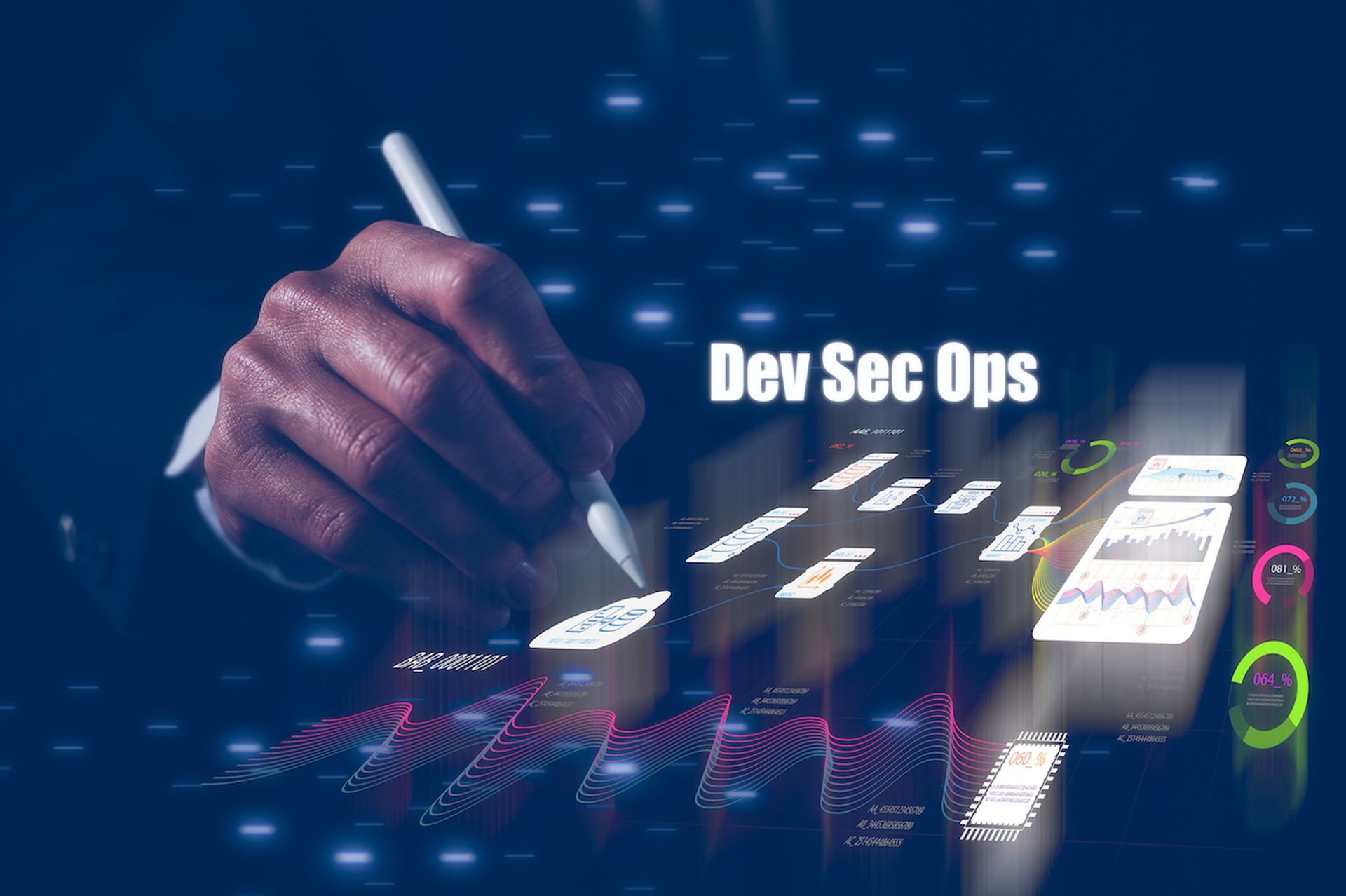The cloud has emerged as a major battleground for cyberattacks — and the cost of a breach has never been higher. According to IBM, the average cost of a breach was $4.5 million, and the CrowdStrike 2023 Global Threat Report found that there was a 95% increase in cloud exploits in 2022, with a three-fold increase in cases involving cloud-conscious threat actors.
This acceleration of cloud-focused threat activity and its effects has made security an important priority across organizations – especially DevOps teams.
While security teams are accountable for protecting against risks, they cannot take on the risk all by themselves. Each team must try to explain the importance of their role in the development lifecycle to the other teams in the pipeline. With the growth of cloud-native applications and the demand for faster application delivery or continuous integration/continuous delivery (CI/CD), the use of containers has increased. As businesses adopt containerized and serverless technologies and cloud-based services, more complex security issues arise.
Application developers have a tricky balance to maintain between speed and security. DevOps teams used to address security after development — but that’s changing. Now, developers who previously had to code right up to the last minute — leaving almost no time to find and fix vulnerabilities — are using shift-left techniques to ensure that code with security vulnerabilities are not moved into production .
When teams consider security at every step in the pipeline, it ensures developers find and address issues early on and reduces the cost of downstream fixes. DevSecOps helps developers find and remediate vulnerabilities earlier in the app development process. Vulnerabilities discovered and addressed during the development process are less expensive and faster to fix. By automating testing, remediation and delivery, DevSecOps ensures stronger software security without slowing development cycles. This approach aims to make security a part of the software development workflow, instead of having to address more issues during runtime.
Here are five ways to develop apps with security and efficiency:
- Automate security reviews and testing: Every DevSecOps pipeline should use a combination or variation of tools and features that include the following: static application security testing (SAST), software composition analysis (SCA), container scanning analysis (CSA), infrastructure-as-code (IaC) scanning, and application security posture management (ASPM). A good automated and unified product will offer broad visibility and address those issues as they arise, while alerting, enforcing compliance and delivering customized reports with relevant insights for the DevOps and security teams.
- Integrate with developer toolchains: Streamline and consolidate the toolchain so developers and security teams can focus their attention on a single interface and source of truth. The tighter the integration between security and app development, the earlier the team can identity threats and accelerate delivery. Seamlessly integrating with Jenkins, Jira, Bamboo, GitLab and other cloud security options lets teams respond to and remediate incidents faster within the tools they already use.
- Share security knowledge among teams: While it makes sense to consider DevSecOps a journey enabled by technology, it’s actually a process that starts with people. The DevSecOps team should share lessons learned and mitigation steps after resolving the compromise. Some organizations even assign a security champion who helps introduce this sense of responsibility of security within the team. Get the teams on board before changing the process, and ensure everyone understands the benefits of DevSecOps. Make security testing part of project kickoffs and charters, and empower teams with training, education and tools to make their jobs easier.
- Measure the organization’s security posture: Identify the software development pain points and security risks, create a plan that works well for the organization and team, and drive execution. Track and measure results, such as the time lost in dealing with vulnerabilities after the team merges code. Then, look for patterns in the type or cause of those vulnerabilities, and make adjustments to detect and address them earlier. This introduces a shared plan with integration into the build and production phases.
- Shift right and shift left: Detection doesn’t always guarantee security. It's just as important to shift right and knowing how secure applications and APIs are in production. By leveraging ASPM to uncover potential vulnerabilities in the application code once they are up and deployed, teams can find potential exposure in their application code that could allow backdoor access to other critical data and systems.
While security and development were once separate organizations, the lines are now blurring to a point where security has become more integrated with the day-to-day job of developers. This modern practice brings together teams across the company toward a common understanding, which then drives business growth. DevSecOps requires teams to collaborate and helps the organization deliver safer applications to customers without compromising security.
Don’t think of security as a red light on the road to the organization’s business goals, or that it “slows down” software development. The real aim: to help companies reach their business goals safely with minimal risk.
Raj Rajamani, chief product officer, CrowdStrike




